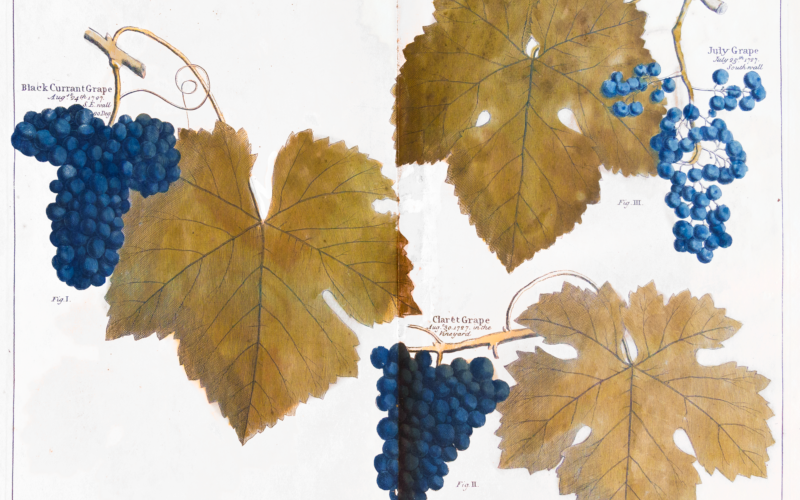
Lunchtime Meeting
Australian 19th century botanical community of practice
James Wilson
The 19th century saw the formative development of botany into the scientific discipline we recognize today. The construction of networks among practitioners and correspondents is a means of exploring the foundations of modern botanical science and horticulture.
James Wilson is a recipient of an RGSSA Library Research Fellowship
Dr Wilson's fellowship has 3 aims. The first aim is to expand botanical communities of practice networks from 19th century US to 19th century Australia--examining similarities and differences in practices. In the process of building this network, the second aim is to uncover the roles of women in these networks. In 19th century United States, women tended to be better educated in the sciences including botany, illustration, and geography in preparation for their roles as teachers, and as contributors to natural history. The strengths and limitations of using AI and network software to construct historical networks will be evaluated as the third aim.
Overall, this phase of the project will extend and integrate botanical correspondence networks beyond the 19th century American context. The project on historical botanical networks stems from interests in historical geography, natural history, and US history and science, influenced by Putting science in its place: Geographies of scientific knowledge (Livingstone, 2003) and Science in action: How to follow scientists and engineers through society (Latour, 1987). Based in part on a general reading on early 19th century naturalists, considerations began on how to use networks to frame early scientific or natural history practice in the United States. An article from the Archives of Natural History by Mesquita et al., in 2021 provided the context of how botanical networks in 19th century America could be framed and analysed using an open-source network software, Gephi.
Gephi can not only construct, dynamically, very large social networks or sociograms but can also map geographic locations. Nodes can represent people, places, themes, and activities. Edges can be used to not only connect nodes but illustrate the type and quantity of information flow between any two nodes reminiscent of Latour’s actor-network theory. AI language models are useful as a first step in identifying botanical correspondents and their potential connections. Another valuable source of information is ArchiveGrid, which provides the locations of holdings of correspondences. Both sources provide a sketch of tentative correspondent networks and in some instances, correspondences are available online such as can be found in the Biodiversity Heritage Library.
Access to primary sources will assist in improving the quality and quantity of knowledge network edges (connections). The RGSSA Library has holdings on nine 19th century botanists thus far identified via Claude AI: Robert Brown, Allan Cunningham, Ferdinand von Mueller, Joseph Maiden, Richard Schombergk, William Woolls, George Bentham, Charles Moore, and Frederick Manson Bailey. The use of the Library will enable access to primary sources and to construct a correspondence network foundation with connections to correspondents in the American botanical network (e.g., Gray and Engelmann). Output over the long-term will include the study of how historical network correspondence can contribute to understanding biodiversity in the past and how it can be used to determine the provenance of herbaria and other plant collections that can be useful for restoration efforts in both Australian and American contexts.
Date and Time
23 July 2025 | 12:00 pm
Location
Hetzel Lecture Theatre, Institute Building, North Terrace, AdelaideCost
Members: $Gold coin Non members: $5